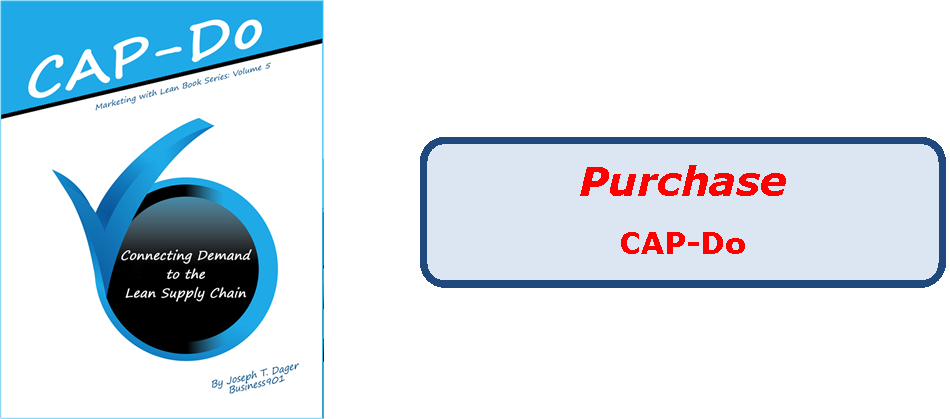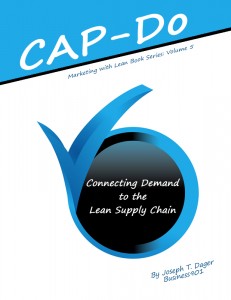They simply don’t exist. I see people building Persona after Persona targeting that Ideal Customer. The problem that exists is that ideal customers are few and far between. In a recent blog post, A Persona Board deserves a Place at the Table, I described creating User Personas from your existing customers and then grouping them into quadrants based on product/market fit or relationships. The purpose of this is not so much to learn about customers as it is to learn about yourself and your core capabilities.
A fun exercise once you have created customer (user) personas, you can segment them according to how they fit in the quadrants mentioned in the above post. Then start asking these questions and others you may think of..
Relationship Customers:
- Which customers buy from you because they dislike the relationship they have with your competitor?
- Which customers buy from you because they like the relationship they have with you?
Product/Service (I will only use Product going forward) Customers:
- Which customers buy from you because you have a better value proposition (price/function) than your competitor?
Relationship Prospects:
- Which prospects buy from your competitor because they like the relationship they have with your competitor?
- Which prospects buy from your competitor because they dislike the relationship they have with you?
Product Prospects:
- Which prospects buy from your competitor because your competitor has a better value proposition (price/function) than you?
Marketing is in the business of creating customers. If we want to create a customer, we must take a divergent view versus a convergent view. Most marketing schemes, funnels and all that stuff are great at telling you how to manipulate a customer through the process to create a buyer, but few of them tell you how to create targeted prospects. A simple process is to use existing Customer Personas and create Prospect/Competitor Personas based on Relationship or Product groups.
When we look at the existing differences, we start identifying key points that we can address to gain access to others. In the Lean world, we call these opportunities gaps. We identify these gaps, and create different scenarios on how to close the existing gaps. We seek to understand why prospects may or may not move towards a target.
When viewing this from a structural tension metaphor, we will notice resistance as we try to coerce the customer towards the new target or condition. See my blog post, A New Approach to Lean with Robert Fritz.. We will oscillate between these two positions unless we can find common agreement of purpose. I like using the Theory of Constraints Evaporating Cloud (How to See the Other Side of a Conversation) as the way to resolve the difference. If we can find an overall purpose that will become a shared understanding – it resolves the conflict, it creates an opportunity for us to give an opportunity for prospects to move from one particular state to a different (closer to our thinking) state. It is the shared understanding that must exist to create the change in state.








